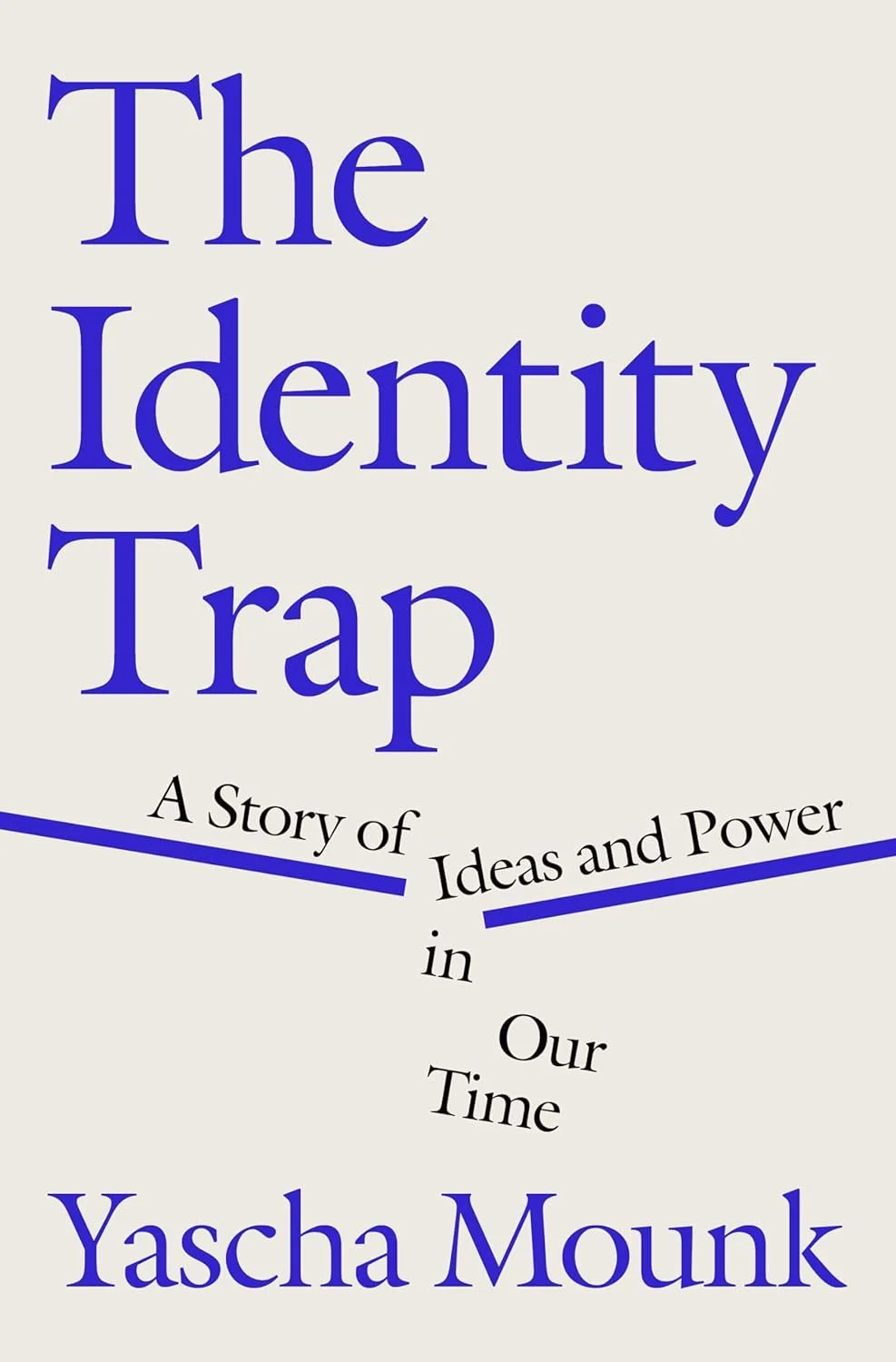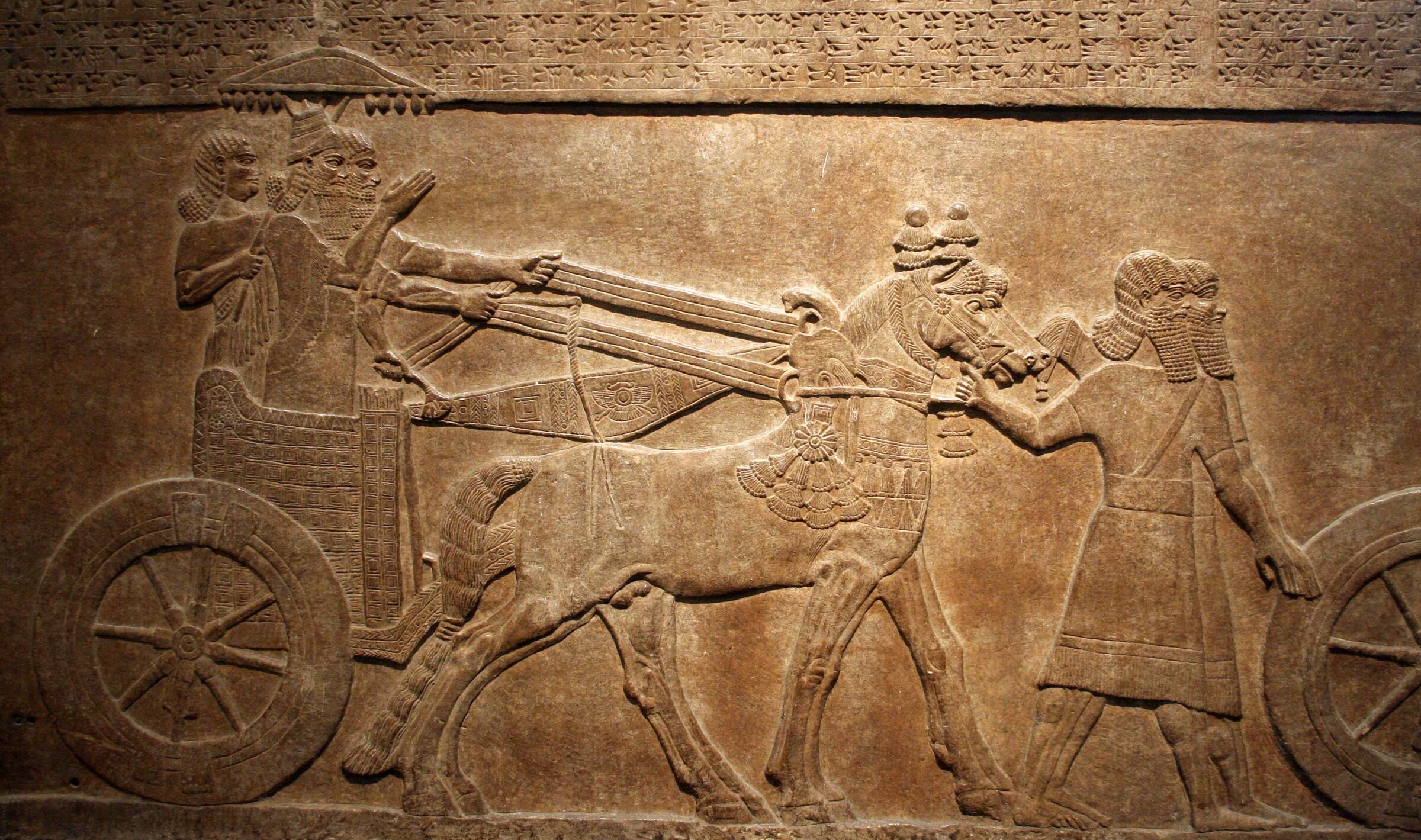Is Doctrine Central to Evangelicalism?
When a second edition of a theology book is published nearly four decades after its first publication and just over a quarter century after its second printing, it begs for an explanation. The explanation is even more necessary when the book is a monograph and the author is dead, requiring the addition of a second author to edit and augment the volume.
Rediscovering and Evangelical Heritage: A Tradition and Trajectory of Integrating Piety and Justice is the equivalent of a digital re-mastering and re-release instead of a series reboot. Donald Dayton’s original text remains intact. The 1988 printing only added a preface. The most recent edition adds postscripts to several chapters, another introduction (1/4 of the book is introductory!), a conclusion, and a foreword by Jim Wallis. The core of this volume is exactly the same as it was in 1976, three years before my birth.
The answer to my question rests largely in the similarity between the cultural milieus. Just as the 60’s and 70’s gave rise to a growing number of Christians who emphasized social justice and cultural engagement over doctrinal definitions, another similar tide is rising. This time, instead of the civil rights and the beginning stages of environmentalism, we have an aggressive sexual revolution and a much stronger push for environmental repristination. Wallis is nearly correct when he observes in his introduction “that a new generation of evangelical Christians is hungry to do exactly what these earlier reformers [the 19th century subjects of this book] were doing.”
After its excessive front matter, the book has ten chapters. The first seven deal with institutions or people that Dayton felt represented the best aspects of evangelicalism in the 19th century. He writes about Jonathan Blanchard, who founded Wheaton College, in the first chapter. Chapters two through seven focus on Charles Finney and those who are closely related to him. All were active in abolitionist movements most were active in moving parts of the church toward egalitarianism. Chapter eight explains that, according to Dayton, the roots of feminism are in evangelicalism. Chapter nine emphasizes the focus on the poor and marginalized among the 19th century American evangelicals. Finally, chapter ten laments the loss of social justice among evangelicals and tries to explain why this loss apparently happened.
There is some helpful history in this book. It accurately portrays the evangelical pursuit of the end of slavery before the American Civil War. Many of the abolitionists were Bible believing Christians, contrary to the popular meme that portrays all Christians as bigots. This is because chattel slavery founded on the practice of kidnapping is unquestionably a violation of biblical norms. The fact that some Christians couldn’t see that, or that they argued against that, is not an argument against Christianity but an indictment of cultural blindness and bad hermeneutics.
Charles G. Finney
This book gets it wrong by assuming that Finney is theologically representative of evangelicalism. Finney held some doctrines which were consistent with theological orthodoxy. However, Finney, confident in his own ability to reason, approached Scripture alone, without benefit of the community of tradition to help shape his beliefs. This is what led Charles Finney to adopt the heresy of Pelagianism, or a position next door to it, according to some friendly accounts. Even Donald Strong admits in the newly added conclusion, “Finney’s theological orientation went beyond these standard Arminian positions when his preaching ended to verge close to Pelagian works righteousness, especially when he described humanity as having an almost unaided ability to bring about social perfection.” Other contemporary theologians, like J. I. Packer and Beth Felker Jones (who is a Weslyan and generally sympathetic with an Arminian point of view), have described Finney’s doctrine as Pelagian.
In short, despite the good that Finney did in preaching the gospel, he did so from an unsound theological foundation that tended to undermine the realistic vision of humans as sinful people, living in a sinful world, in need of God’s redeeming grace to save and redeem them. Finney’s preaching enabled social justice movements to move forward vigorously, but crippled the future generations that would reject the established doctrinal foundations that empower believers to recognize the source of injustice in human sin and call for righteousness through the cross.
The rejection of concern for right doctrine is at the heart of Dayton’s and Strong’s version of evangelicalism. Strong makes the lack of concern for orthodoxy apparent in his conclusion to the 2014 edition. He argues that religious experience (“orthopathy”) and ethical behaviors (“orthopraxy”) are the central characteristics of evangelicals. He then specifically rejects concern for right belief (“orthodoxy”) as a necessary attribute for evangelicals.
In truth, what Strong and Dayton seem to be arguing for is a lighter form of liberation theology, which maintains a real, but less caustic suspicion of the text of Scripture. This is similar to the position argued in another recent book from Baker Academic, Introduction Evangelical Ecotheology: Foundations in Scripture, Theology, History, and Praxis. In that book the authors present an ecologically formulated liberation theology as an acceptable evangelical option despite its rejection of the norms of Scripture.
In the end, the purpose of Rediscovering an Evangelical Heritage is to promote the idea that right doctrine is not an essential characteristic of the authentic Christian life. What matters for this paradigm is having a religious experience and acting the right way. In some ways, this sounds much like the Pharisaic lifestyle–which was primarily concerned with externalities–more than true conversion–which comes through the power of the Christ and leads to the conversion of the mind and the hands.
The movement to reject doctrinal norms and sever contemporary evangelicalism from historical mooring has been ongoing for decades, but it is reaching a new climax of activity as social liberals attempt to lure self-identified evangelicals into socially popular positions that contradict Scripture. This book is an attempt to argue toward that end. It encourages young believers to reject “doctrinal exclusivism and biblical literalism,” by which Strong means evangelicalism connected to historical Christianity.
In many cases, as with a pursuit of environmental health, just treatment of minorities, and reform of the justice system, folks like Dayton and Strong have just cause. Pursuing social justice is a moral good and a necessary part of being a true evangelical. However, so is doctrinal integrity. Maintaining doctrinal integrity prevents believers from advocating for abortion rights, redefining sexual norms, and creating policies that wantonly eliminate societal freedoms because those things violates the image of God.
Doctrinal integrity permits evangelicals to ask the question, “Is this consistent with what the community of God has consistently believed about the world?,” in addition to asking, “Is this immediately consistent with my envisioned ideal state for the world?”
The evangelicalism promoted in Rediscovering and Evangelical Heritage rejects the foundation of doctrine, and thus enables the ability to reject scriptural teachings in pursuit of contemporary definitions of justice. In other words, contemporary culture becomes a superior source of moral authority to Scripture.
In this manner, the value of the unborn, biblical sexual norms, and property rights become subject to debate, despite their settled nature in historic interpretations of Scripture within the church. The church can do better than this. Evangelicals can, contrary to Dayton and Strong, pursue doctrinal integrity and social justice. Indeed, they must.
This book is significant and worthy of attention. Not because its content is earth-shattering (it can’t be this because it was originally published decades ago) but because it points to a recognition that in many ways we are where we were in the 1970’s, though the issues have changed slightly. This re-publication points toward an opportunity for orthodox evangelicals to respond to culture and doctrinal degradation in a way that is more helpful and healthy than the Religious Right and the Moral Majority were decades ago. We should be thankful to Baker publishing and to Douglas Strong for making that clearly evident.
Note: A gratis copy of this volume was provided by the publisher with no expectation of a positive review.
























